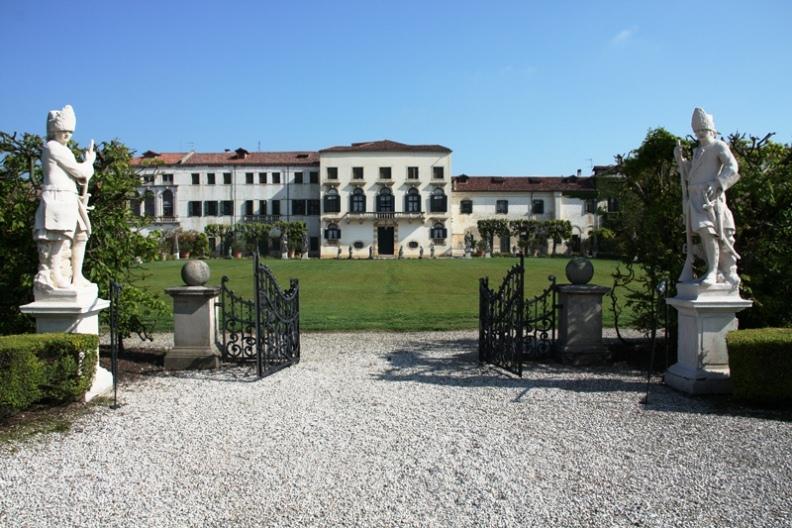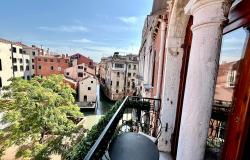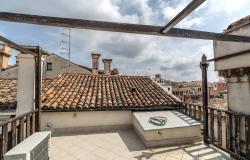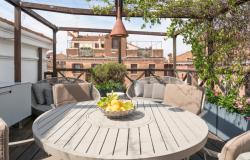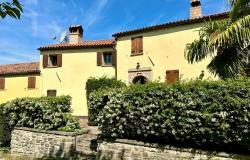Most tourists visiting the Veneto go to Venice, and perhaps venture as far as Padua, but beyond that, it’s undiscovered territory. This pleases me because I live there for much of the year, and like to think that although my area doesn’t attract many visitors, it is still very beautiful, and at times I like to share some of its treasures with a wider audience.
One such place is the Villa Widmann-Borletti at Bagnoli di Sopra, built by the architect Baldassara Longhena in 1654 on the site of a Benedictine monastery. You approach following the course of a lovely 14th century wall which surrounds the property. From the street side, the villa looks rather dull and faded, but once through the archway into the courtyard, you enter another more gracious world.
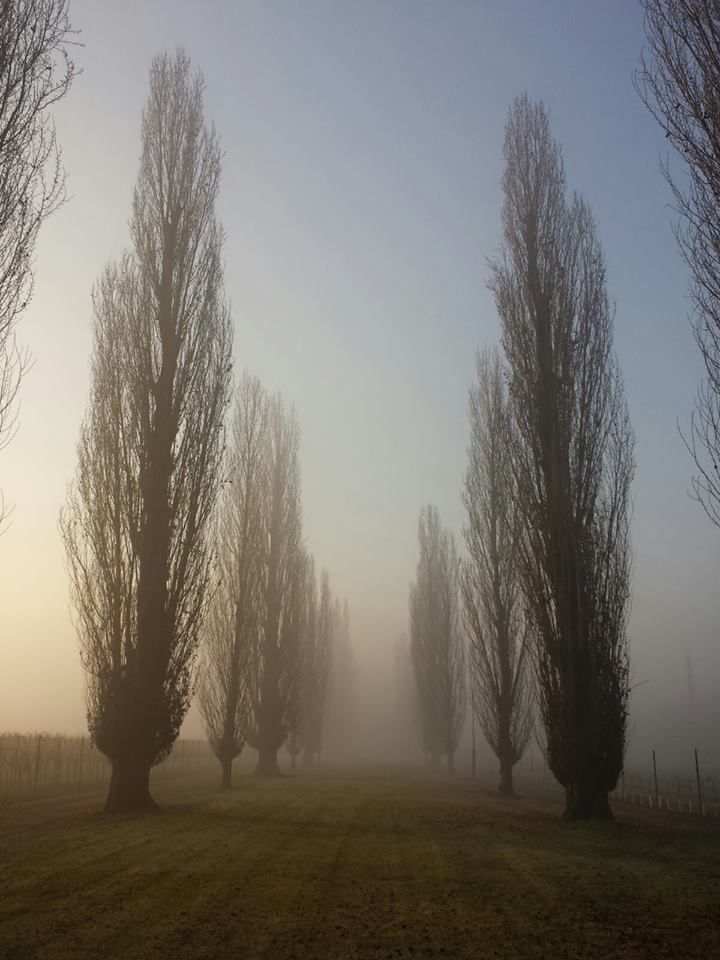 Photo credit: Dominio di Bagnoli
Photo credit: Dominio di Bagnoli
The Villa Widmann is now proudly owned and managed by the Borletti family and condescends to open its park to visitors on, and only on, Thursday afternoons at two o’clock until four, but you can make appointments to visit with a tour at other times, and there is a constant stream of Roman sommeliers making the long journey to taste and buy its exclusive and very special wines. There is also a charming agriturismo in the grounds, where you can sample the good life for yourself.
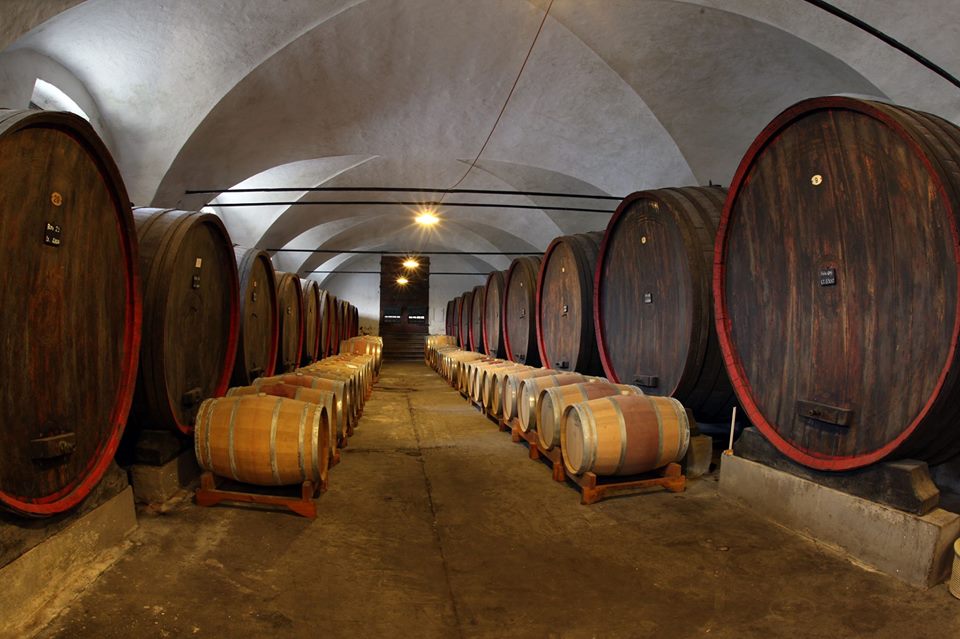 Photo credit: Dominio di Bagnoli
Photo credit: Dominio di Bagnoli
We strolled through the arch into the courtyard where the only person in sight was an athletic-looking woman wearing a pigeon on her head, and surrounded by a posse of ducks. As we approached, she swiped the pigeon off her head, but it kept within a safe distance ready to return to its perch. I asked somewhat doubtfully whether we could see the gardens and out-buildings, but there was no problem. She shooed away the ducks (“Off you go, little ones”) and picked up an immense iron key.
Inside the archway was an ancient oak door leading to a stone staircase. At the top was one of the most amazing spaces I’ve ever seen: an immense old granary with a wavy brick floor and sturdy 16th century rafters. Once a year they hold a Slow Food feast here for 900 people. (Memo to self: got to go next year.) Our guide explained that there had been a wooden floor over the bricks in earlier times, but the vigili del fuoco (fire brigade) insisted it had to be removed as a fire hazard. Underneath, some wheat grains had fallen through the floorboards and were found to be old varieties no longer used. They’ve succeeded in germinating and propagating these seeds so that flour can once again be made from traditional varieties. It’s now possible to eat the same bread, made from the same flour, as was eaten in the time when Venice ruled the waves.
This theme continues throughout the grounds. They grow vines in the traditional way, festooned across gaps between small apricot trees, and produce a very unusual wine, friularo, which was used by the Venetians on long voyages because it was known to travel well. The orchard is filled with rare varieties of peach and pear trees, and their chickens, clearly the friends of our guide with a live pigeon hat, are the strange punk-like birds of the Padovan breed with spiky manes around their heads. She calls them her ragazzi (children) and feeds them with fallen peaches.
The ecological perfection of the estate can only be marvelled at. There are hares running along the avenues of the vineyard/ orchard, the trees and bushes have all been chosen to attract rare varieties of birds, there is a pretty laghetto (lake) to attract herons, and there are acres of unpolluted meadowland for butterflies.
The French-style formal garden contains a marvel of a different kind. There are 160 18th century statues of the signs of the zodiac and Greek gods by Bonazza, then further away from the villa, inside a semi circle of tall clipped yew trees there is a cluster of white statues of figures from the Commedia dell’Arte, adapted as Goldoni characters with loud speakers at their bases. Goldoni, who lived in Venice – his house is now a small museum - wrote and performed his plays in the villa’s theatre.
You may not be familiar with his name, but a recent hit in the London theatre was One Man, Two Guv’nors, starring James Corden, the funniest play I have ever seen, a modern adaptation of Goldoni’s play, Il Servitore di Due Padroni (A servant of Two Masters). On summer evenings they have a sort of son-et-lumière show where spotlights fall on these statues in turn and they “speak”. The trouble is, it’s in Venetian dialect, but I rather think their November Wine Festival might be worth a visit. Tasting is a universal language.
